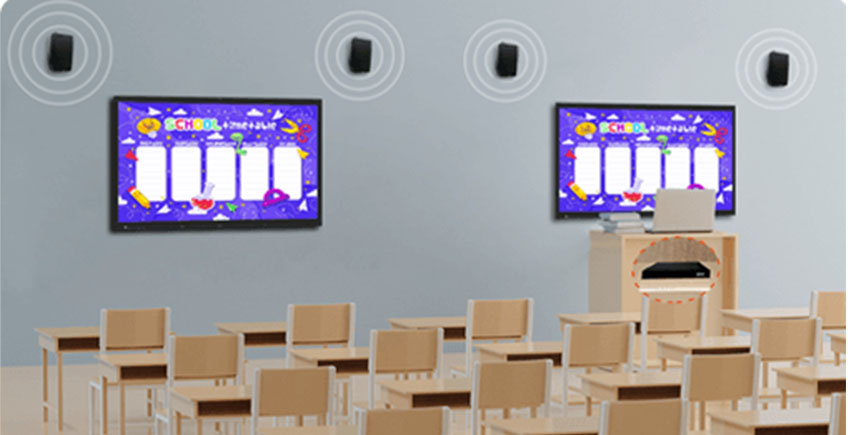Today’s students are tech-savvy and crave engaging experiences. In order to keep them interested in your lesson, you need to incorporate interactive displays into your classroom. Interactive displays come in a variety of flavors and each has its own set of advantages. Some are more useful than others depending on your learning objectives. Here is an overview of the many types of interactive displays and which one might be best for your classroom.
You might think that designing an interactive display is as simple as buying a few interactive whiteboard panels, mounting them on the wall, and calling it a day. But creating an effective interactive display involves striking the right balance of visual appeal, user-friendliness, and educational value. Think of your interactive display more like a buffet than a plate of food — you wouldn’t just pile your plates with whatever looks good at the moment. Each item needs to have substance and appeal so you get the most bang for your buck. Your new interactive display should be so visually appealing that students can’t wait to use it. It should offer plenty of useful features that make teaching easier and more fun. If you follow these principles when creating or updating your classroom interactive display, you’ll be well on your way to having an awesome learning environment!
The future of event marketing is interactive. Today’s consumers are much savvier, and with the advent of social media, they expect a lot from the brands they support. Event marketers must find new ways to stand out from competitors and get their messages across in an impactful way. Interactive displays are a perfect fit for any event where you want to wow your audience and give them something to talk about long after your event has ended.
